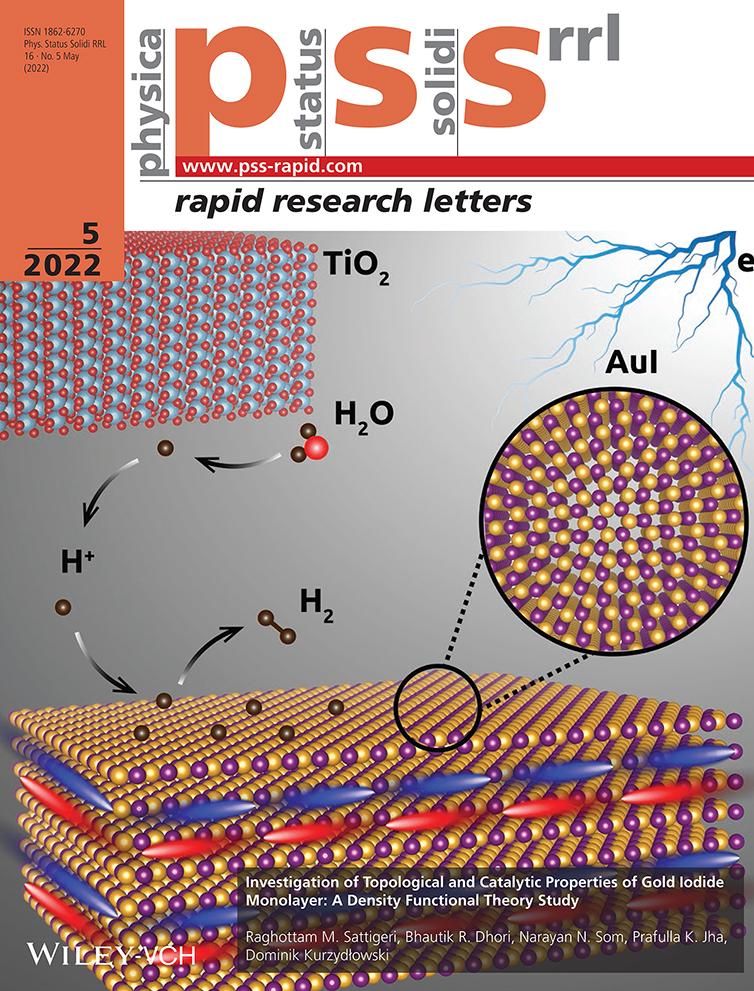Effect of Fatigue Fracture on Resistive Switching of ZnO and NiO Stacking Films
Abstract
The ZnO and NiO stacking films are prepared by sol–gel spin-coating method to explore the impact of bending on device resistive switching. Compared with others, the device with NiO/ZnO/NiO/indium tin oxide/PET stacking structure exhibits a higher ON/OFF ratio. After bending 1000 times, the switching performance is reduced by two orders of magnitude due to the branch breakage of the conductive filaments. The finite element studies indicate that stress mutation between the ZnO and NiO functional layers leads to microcrack formation and interfacial delamination, increasing the interfacial barrier and depletion width. The cracks propagate along the grain boundary and thus result in more traps, which may act as electron blocking layers to restrict the carrier transport. The scanning electron microscopy observation shows that when the crack density increases to about 0.03 μm−1, the device is broken down. Under threshold bending cycles as simulated by Comsol Multiphysics, the grain boundary is completely torn leading to fatigue fracture. The proposed work provides some information for improving the flexibility of memory devices.
Conflict of Interest
The authors declare no conflict of interest.
Open Research
Data Availability Statement
The data that support the findings of this study are available from the corresponding author upon reasonable request




